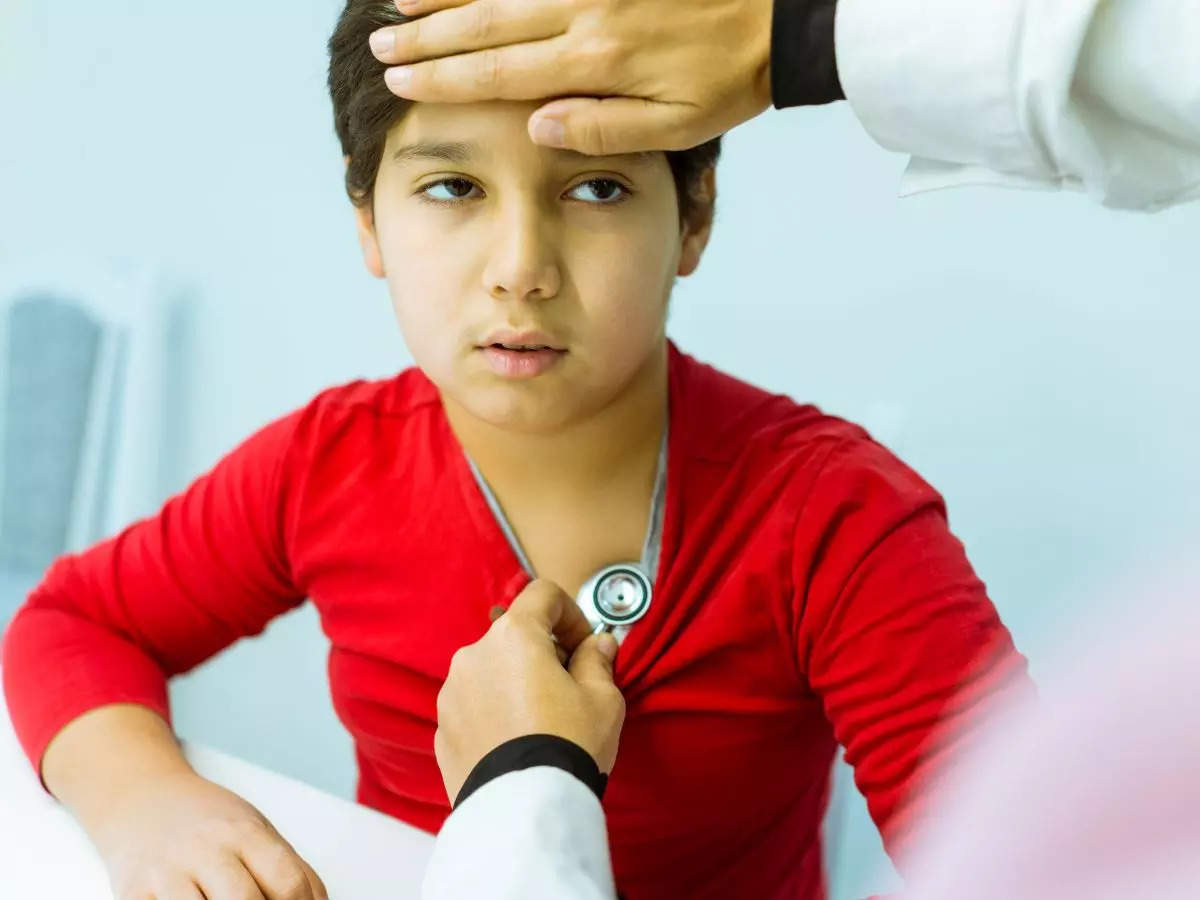
The change in seasons has given rise to several illnesses and infections, from which children seem to be the worst affected. As concerning and bothersome as primary infections are, secondary infections can be as worrying, claims doctor and pediatrician Nihar Parekh.
Taking to Instagram, he discusses the rising cases of secondary infection in children and the urgency to do something about it. But before we delve into ways to prevent it and things to keep in mind, here's what secondary infections are.
What is a secondary infection?
"A secondary infection is an infection which comes back or an infection, which is caused because a primary infection has dropped the immunity," explains Dr Parekh.
Breaking it down further, he adds, "Now, child has cough, child has a fever, child has a viral, child has a primary infection. You're treating it with or without an antibiotic. Medicines are on, you're doing good. The fever goes... 24 hours, 36 hours, 48 hours and no fever. We're all happy and BANG! The fever comes back - That's when you do not waste time."
The doctor emphasizes on going to a pediatrician and getting your child tested so as to rule out secondary infection.
3 main causes of secondary infection
According to the doctor, a secondary infection can be caused due to three reasons.
Number 1: The primary infection was viral, which dropped the immunity. The body fights the virus, but picks up another bug because of the low immunity.
Number 2: The initial doses of the antibiotic given to the child worked only temporarily, allowing the bugs to regain their strength and cause another episode of sickness.
Number 3: The antibiotic resistance, where the standard antibiotic does not work anymore.
Helpful takeaways
In order to tackle secondary infection, Dr Parekh advises parents to get their children tested, if they fall sick again and have fever after 24 -36 hours of no fever.
Furthermore, he warns parents against stopping the antibiotics if their children get better in a day or two. "Finish the prescribed course of the antibiotic," he says.
In addition, the pediatrician advises against sending kids out immediately after recovery. This is because during the post-viral low immunity phase, children tend to pick up secondary infection, he says.
Lastly, Dr. Parekh recommends allowing kids to resume their routine only 5-7 days post-infection. During the first 24 hours after recovery, he says kids should not be subject to rigorous exercises or stress.







